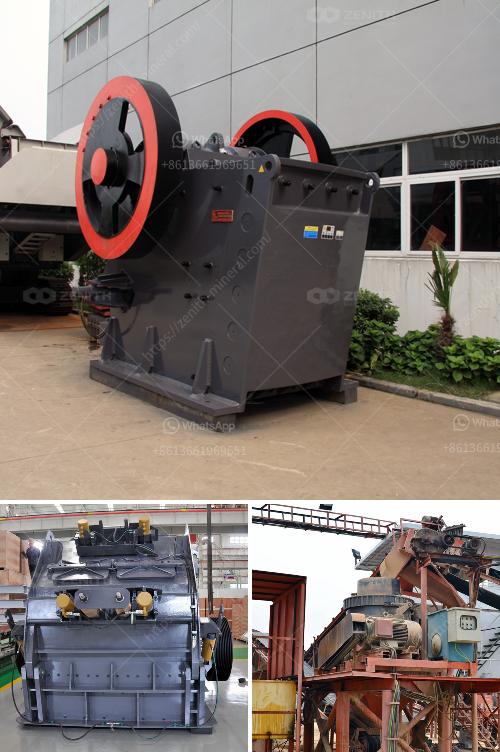In the copper ore mining process, a SAG (Semi-Autogenous Grinding) mill plays a crucial role in the comminution stage. Here's an overview of how a SAG mill is used:
Crushing and Screening: Initially, copper ore is extracted from the mine and transported to a primary crusher. The primary crusher reduces the large rocks to smaller, more manageable sizes.
Stockpiling: The crushed ore is transported to a stockpile, where it is stored before being fed into the SAG mill.
Feeding: The stockpiled ore is conveyed into the SAG mill. Along with the ore, water and other process materials are added to create a slurry. Sometimes, steel balls are also added to assist with the grinding process.
Grinding: Inside the SAG mill, the ore is subjected to impact breakage by the tumbling action of the milling itself and the material inside it. The grinding process reduces the ore to smaller particles, typically to a powder-like consistency. The SAG mill operates both the grinding and the autogenous grinding functions by utilizing the ore itself leading to further size reduction.
Discharge and Classification: The ground material is usually discharged through grates which control the particle size of the material coming out. A screen or hydrocyclone is often used to classify the ground ore, separating the fine material to continue to the next stage and sending the coarser material back to the SAG mill for further grinding.
Concentration: Once the material achieves the desired size, it moves on to subsequent processing stages such as flotation, where valuable copper minerals are separated from the waste rock.
The efficiency of the SAG mill is crucial for the effectiveness and cost-efficiency of the whole mining and milling operation. Regular monitoring and maintenance are necessary to ensure optimal performance.

